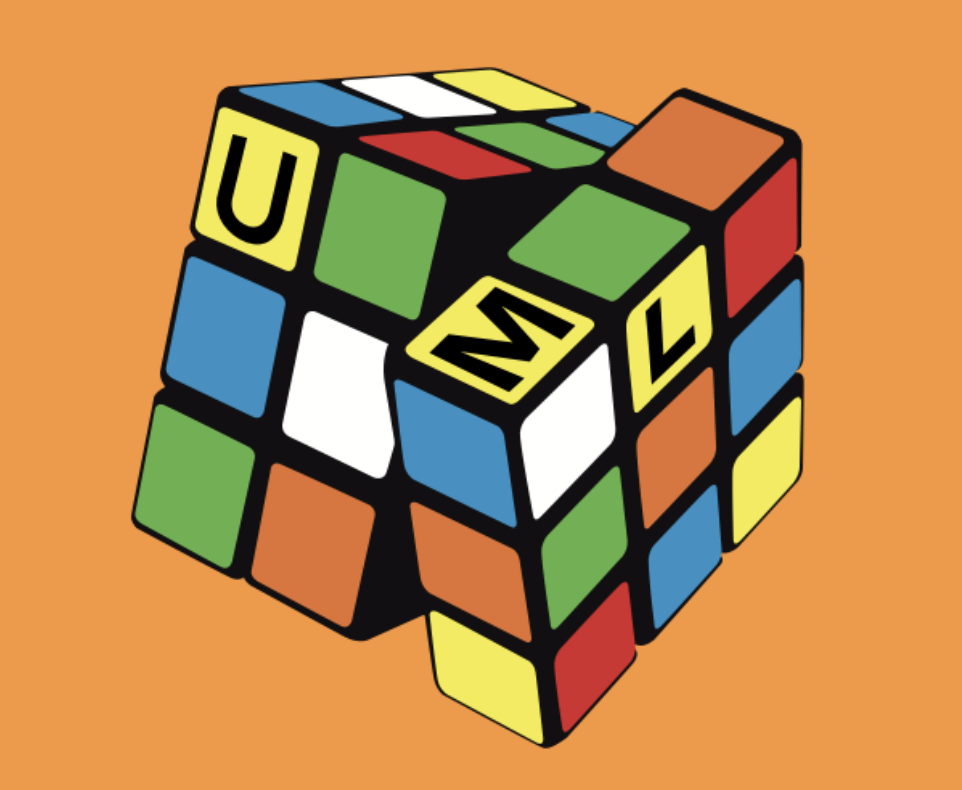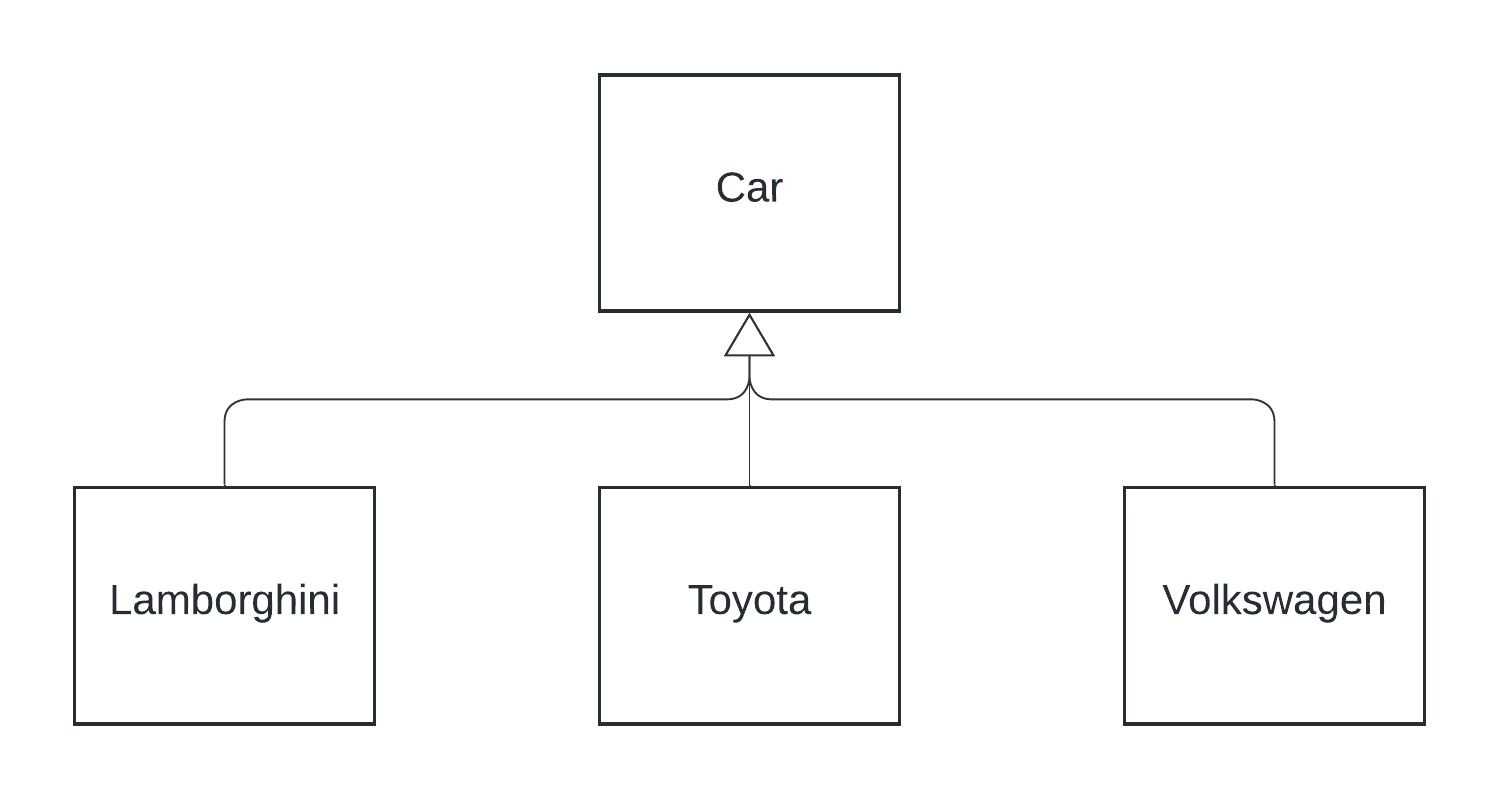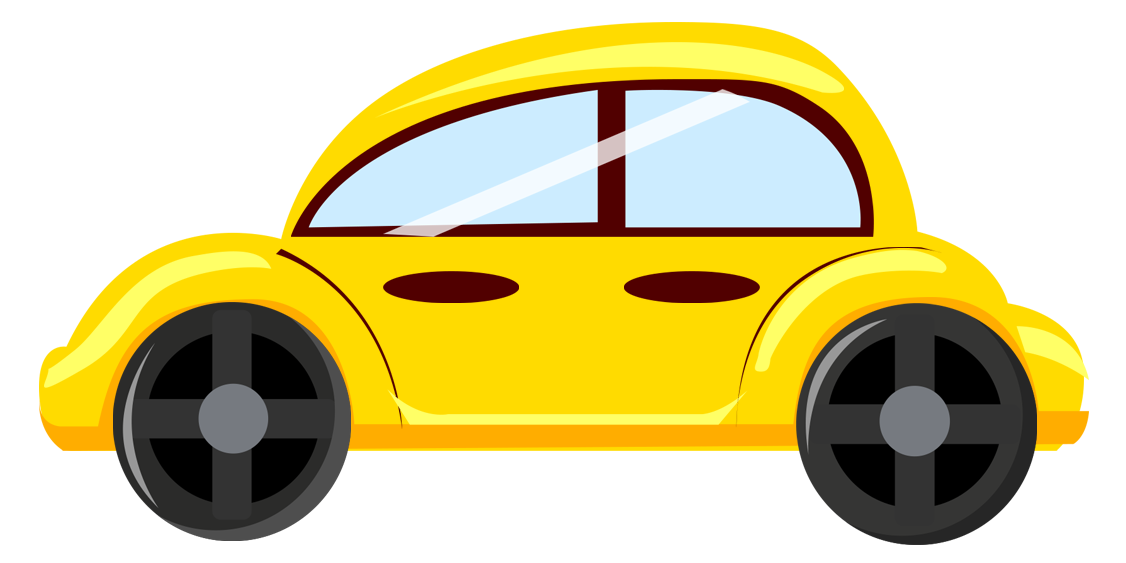การวิเคราะห์และออกแบบระบบเชิงวัตถุ
UML Basics and Fundamental Diagram Types

What's UML ? (UML คืออะไร)
-
การเรียนรู้ระบบโดยการศึกษา Source Code มักใช้เวลานาน
-
การสื่อสารแนวคิดเพื่อออกแบบระบบซอฟ์ทแวร์ ยิ่งท้าทายมากกว่า หากหาข้อสรุปมิได้
-
UML ได้ถูกแนะนำขึ้นเพื่อใช้แก้ไขปัญหาเหล่านี้ UML ไม่ใช่การเขียนโปรแกรม แต่เป็นการนำเสนอด้วยรูปภาพ ประกอบด้วยแผนภาพต่าง ๆ เพื่อใช้อธิบายระบบ
#include <iostream>
#include <string>
#include <vector>
#include <cstdlib>
#include <ctime>
class Item {
public:
Item(std::string name, std::string description) : name(name), description(description) {}
std::string getName() const { return name; }
std::string getDescription() const { return description; }
private:
std::string name;
std::string description;
};
class Room {
public:
Room(std::string name, std::string description) : name(name), description(description) {}
void addItem(Item item) { items.push_back(item); }
void removeItem(int index) { items.erase(items.begin() + index); }
std::string getName() const { return name; }
std::string getDescription() const { return description; }
std::vector<Item> getItems() const { return items; }
private:
std::string name;
std::string description;
std::vector<Item> items;
};
class Player {
public:
Player(std::string name) : name(name), health(100) {}
void addItem(Item item) { inventory.push_back(item); }
void removeItem(int index) { inventory.erase(inventory.begin() + index); }
std::string getName() const { return name; }
int getHealth() const { return health; }
void setHealth(int newHealth) { health = newHealth; }
std::vector<Item> getInventory() const { return inventory; }
private:
std::string name;
int health;
std::vector<Item> inventory;
};
class Game {
public:
Game() {
initializeRooms();
currentRoom = &rooms[0];
}
void play() {
std::cout << "Welcome to the Text Adventure Game!" << std::endl;
std::cout << "Enter your name: ";
std::string playerName;
std::getline(std::cin, playerName);
player = Player(playerName);
while (true) {
displayStatus();
std::string command;
std::cout << "> ";
std::getline(std::cin, command);
processCommand(command);
if (player.getHealth() <= 0) {
std::cout << "Game Over! You have died." << std::endl;
break;
}
}
}
private:
std::vector<Room> rooms;
Room* currentRoom;
Player player;
void initializeRooms() {
rooms.push_back(Room("Entrance", "You are at the entrance of a dark cave."));
rooms.push_back(Room("Cavern", "You enter a large cavern with stalactites hanging from the ceiling."));
rooms.push_back(Room("Underground Lake", "You find yourself at the shore of an underground lake."));
rooms[0].addItem(Item("Torch", "A wooden torch that provides light."));
rooms[1].addItem(Item("Sword", "A rusty old sword."));
rooms[2].addItem(Item("Boat", "A small wooden boat."));
}
void displayStatus() {
std::cout << "\n=== " << currentRoom->getName() << " ===" << std::endl;
std::cout << currentRoom->getDescription() << std::endl;
std::cout << "Items in the room:" << std::endl;
for (const auto& item : currentRoom->getItems()) {
std::cout << "- " << item.getName() << std::endl;
}
std::cout << "\nYour health: " << player.getHealth() << std::endl;
std::cout << "Your inventory:" << std::endl;
for (const auto& item : player.getInventory()) {
std::cout << "- " << item.getName() << std::endl;
}
}
void processCommand(const std::string& command) {
if (command == "quit") {
std::cout << "Thanks for playing!" << std::endl;
exit(0);
} else if (command == "look") {
// Do nothing, status will be displayed on next loop
} else if (command.substr(0, 4) == "take") {
takeItem(command.substr(5));
} else if (command.substr(0, 4) == "drop") {
dropItem(command.substr(5));
} else if (command == "north" || command == "south" || command == "east" || command == "west") {
move(command);
} else {
std::cout << "I don't understand that command." << std::endl;
}
}
void takeItem(const std::string& itemName) {
for (size_t i = 0; i < currentRoom->getItems().size(); ++i) {
if (currentRoom->getItems()[i].getName() == itemName) {
player.addItem(currentRoom->getItems()[i]);
currentRoom->removeItem(i);
std::cout << "You took the " << itemName << "." << std::endl;
return;
}
}
std::cout << "There's no " << itemName << " here." << std::endl;
}
void dropItem(const std::string& itemName) {
for (size_t i = 0; i < player.getInventory().size(); ++i) {
if (player.getInventory()[i].getName() == itemName) {
currentRoom->addItem(player.getInventory()[i]);
player.removeItem(i);
std::cout << "You dropped the " << itemName << "." << std::endl;
return;
}
}
std::cout << "You don't have a " << itemName << "." << std::endl;
}
void move(const std::string& direction) {
// This is a simplified movement system
int newRoomIndex = std::rand() % rooms.size();
currentRoom = &rooms[newRoomIndex];
std::cout << "You move " << direction << "." << std::endl;
// Random chance of taking damage
if (std::rand() % 4 == 0) {
int damage = std::rand() % 20 + 1;
player.setHealth(player.getHealth() - damage);
std::cout << "You stumble and take " << damage << " damage!" << std::endl;
}
}
};
int main() {
std::srand(std::time(nullptr));
Game game;
game.play();
return 0;
}What's UML ? (UML คืออะไร)
-
เราสามารถใช้แผนภาพ (Diagram) เหล่านี้เพื่ออธิบายรูปร่างของระบบ รวมถึงความสัมพันธ์ในระบบด้วย
-
UML ประกอบด้วยแผนภาพหลายประเภท ในที่นี้เราจะศึกษาเฉพาะแผนภาพที่จำเป็น





Lamborghini
Toyota
Volkswagen
Use Case Diagram

แผนภาพ
Use Case
ใช้อธิบาย ฟังก์-
ชั่นการทำงานของระบบ จากมุมมองของผู้ใช้งาน
Functional
Class Diagram
Class Diagram
ใช้อธิบายโครงสร้างของระบบเชิงวัตถุ คุณลักษณะ การทำงาน และความสัมพันธ์
Structural

Sequence Diagram
แผนภาพ Sequence ใช้อธิบายการทำงานของระบบ โดยมุ่งเน้นกิจกรรมและความสัมพันธ์ที่่เกิดขึ้นระหว่างวัตถุ
Dynamic

Models
functional
structural
dynamic
UML to Source Code


#include <iostream>
using namespace std;
class myCar{
public:
string brand;
string color;
string type="Standard Car";
int price;
};
class mySuperCar: public myCar{
public:
string type="Super Car";
};
int main() {
// Write C++ code here
mySuperCar car1;
car1.brand = "Lamborghini";
car1.color = "Red";
car1.price = 24000000;
cout << "Car1: brand=" << car1.brand << " type=" << car1.type << " color=" << car1.color << " price=" << car1.price << endl;
myCar car2;
car2.brand = "Toyota";
car2.color = "White";
car2.price = 1400000;
cout << "Car2: brand=" << car2.brand << " type=" << car2.type << " color=" << car2.color << " price=" << car2.price << endl;
myCar car3;
car1.brand = "Volkswagen";
car1.color = "Yellow";
car1.price = 1200000;
cout << "Car3: brand=" << car3.brand << " type=" << car3.type << " color=" << car3.color << " price=" << car3.price << endl;
cout << "Program terminated..";
return 0;
}© Aj. Krit Th.
https://www.kritth.com